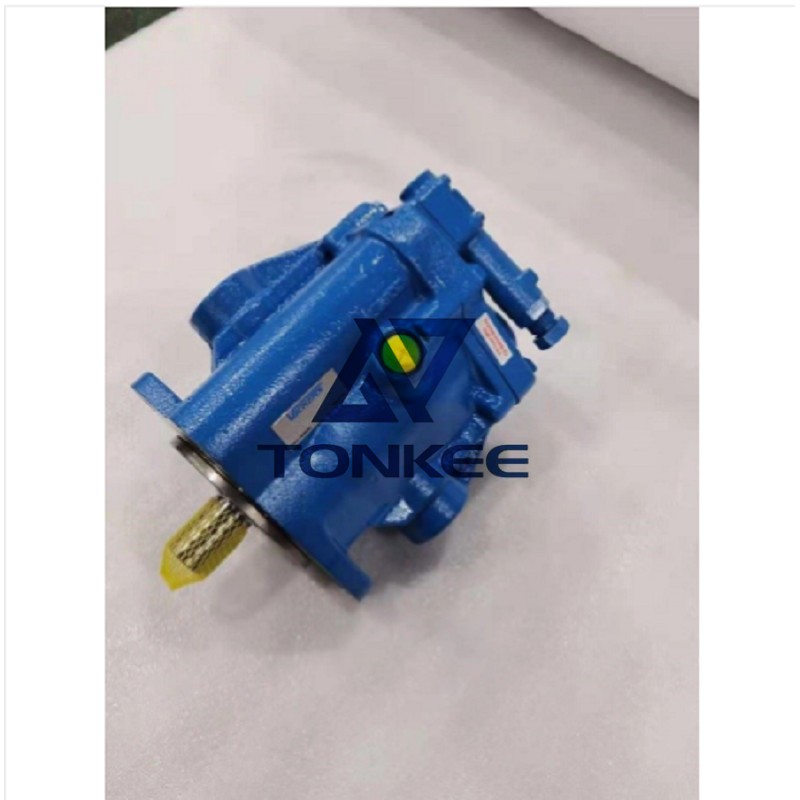
The PVB series pumps are known for their compact size, high performance, and versatility.
They are available in different displacement options, ranging from PVB5 to PVB45, allowing users to select the appropriate pump based on their specific requirements.
One of the key features of the PVB series pumps is their variable displacement capability. They offer a wide range of displacement settings that can be adjusted according to the flow and pressure requirements of the system. This feature allows for precise control and efficient energy utilization, resulting in improved system performance.
These pumps are designed for open-circuit applications and are capable of operating at system pressures up to 250 bar (3625 psi). They have a maximum continuous operating speed of 2800 RPM, enabling them to deliver high flow rates while maintaining reliability and durability.
The PVB series pumps utilize a proven axial piston design, ensuring efficient fluid transfer with minimal internal leakage. The pistons are arranged radially around a swashplate, which is driven by a servo-controlled mechanism. By adjusting the angle of the swashplate, the displacement of the pump can be varied, allowing for precise flow control.
These pumps are designed to handle a wide range of hydraulic fluids, including mineral oils, water-glycol, and synthetic fluids.
This versatility makes them suitable for various applications across industries such as mobile equipment, industrial machinery, and material handling.
In terms of construction, the PVB series pumps feature a robust and compact design. They are made from high-quality materials, ensuring reliability and long service life. The pumps are equipped with advanced sealing technology to prevent leakage and provide optimum performance even in demanding operating conditions.
Additionally, the PVB series pumps are designed with ease of installation and maintenance in mind. They are typically equipped with cartridge-style components, allowing for quick and easy replacement of wearing parts. This reduces downtime and enhances the overall efficiency of the system.


















